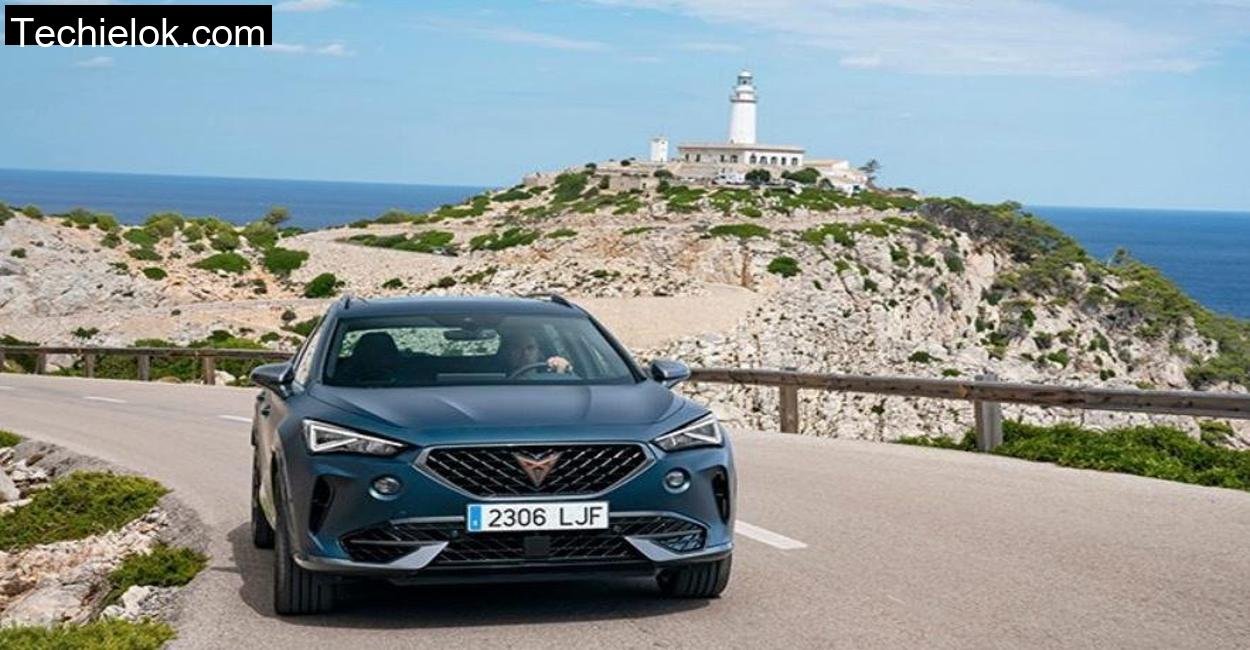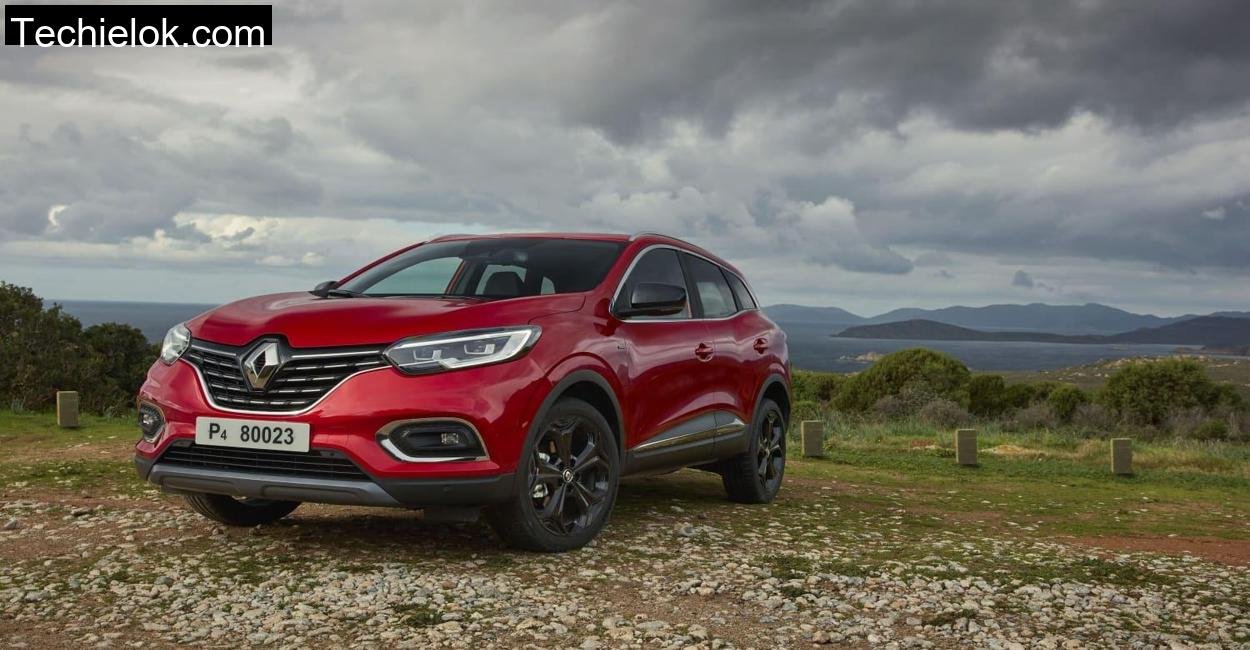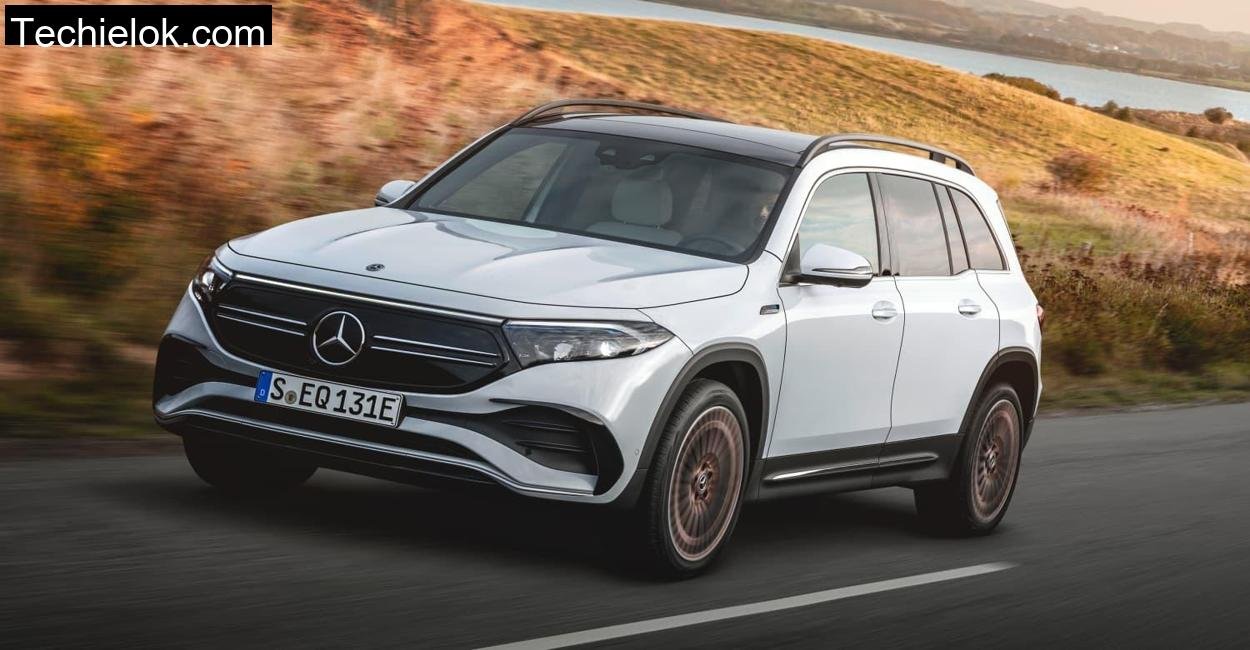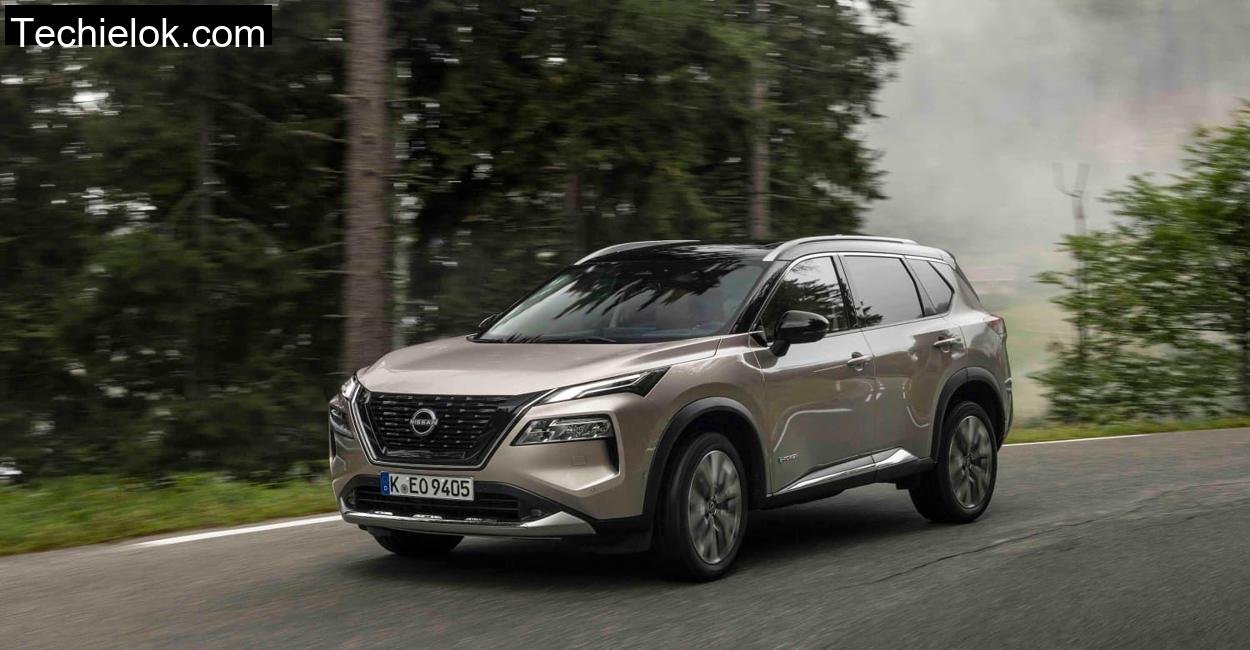The Westerwald isn’t the kind of place you take a car like the DS 9 to test its Nürburgring lap time. That wasn’t the goal. This place, with its long, smooth country roads, deep forests, and ancient basalt formations, is about pace, poise, and quiet. Exactly the sort of environment where the DS 9 can stretch out its legs, quietly, gracefully, and without the thunder of exhaust pipes. On an overcast morning, with birds chirping and mist rising from the meadows, I slid behind the wheel of the DS 9 E, Tense 250 and let this elegant French creation take me on a very different kind of journey.
The DS 9 isn’t just another sedan trying to fight German engineering with brute force or sport, mode gimmicks. It’s built to glide. It speaks softly. And in a world full of loud SUVs and oversharpened sedans, that alone makes it intriguing. Built in China, engineered in France, and tested by me in Germany, this car is a globe, trotting oddball with elegance carved into its DNA.
Design That Demands Attention, Silently
I’ve driven BMWs, Audis, and Mercs that made people turn heads. But when I parked the DS 9 at a small café in Rennerod, I noticed a different kind of attention. It wasn’t loud. It was curious. What is that? Is it French? Is it electric? It was like arriving at a dinner party in a bespoke suit when everyone else is in athletic gear.
From its extended bonnet, to the slim, blade, like rear lights, to those roof, level position lamps that wink at the classic Citroën DS, this sedan oozes a certain Parisian flair. Even the door handles extend out like they’re offering you a handshake. The double, glazed windows give off a whisper of executive air, and the rear badge, DS Automobiles, isn’t something you see every day. That makes the DS 9 feel niche, but exclusive. And at nearly 5 meters long, it has presence. Statuesque, not aggressive.
The test car wore a subtle, silky black coat over its sleek silhouette. It looked at home gliding through the pines of the Westerwald, reflecting shadows from the overhanging trees as we flowed across winding B, roads.
French Interior Craftsmanship with a Bavarian Touch
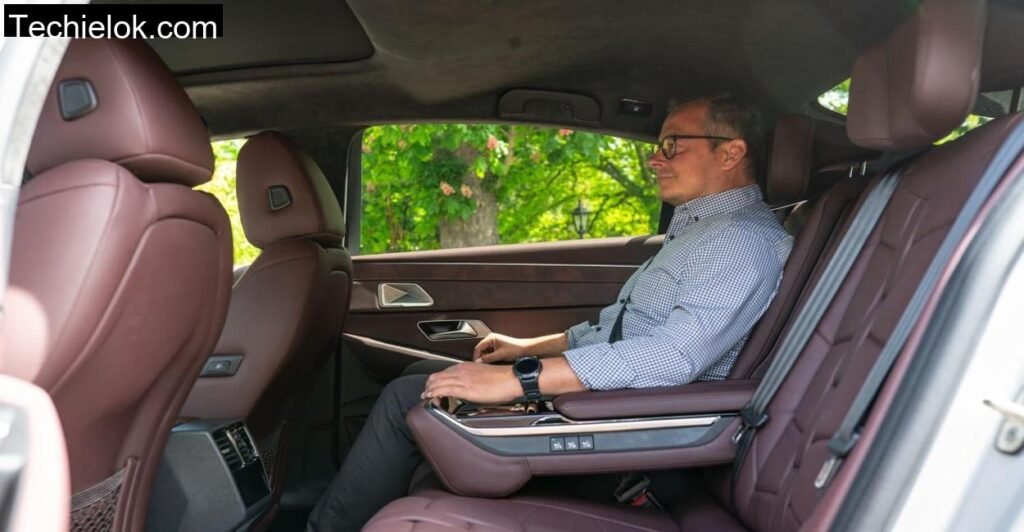
Open the door, slowly, because even the click feels expensive, and you’re met with leather that doesn’t just look like furniture, it feels like it. The stitching is flawless, the seats are generously bolstered, and the analog clock that gently rotates out when the car starts makes you pause and smile. It’s eccentric. It’s fabulous.
Yes, the infotainment system is essentially lifted from Peugeot. The touchscreen menu logic and the tiny buttons underneath feel like a mismatch in a car aspiring to compete with E, Classes. And there’s no head, up display, why, DS? But ergonomics aside, the cabin is undeniably special.
There are three rubber seals per door, keeping sound out and serenity in. The massage seats were a blessing on a long stretch near Bad Marienberg. I found myself fiddling with the rotary chrome knobs on the console just to feel their weight and click. It’s that kind of cabin.
Room to Ride, But Only for Two in the Back
I rarely sit in the back of cars I test, but for the DS 9 I had to make an exception. It’s chauffeur, level plush back there, especially if you get the Opera Première trim, which includes massage, ventilation, and heating for rear passengers. The legroom is limousine, worthy. But headroom? Limited. If you’re over 1.85 meters, you might feel the roof pressing down.
It’s also best suited for two, not three. There’s a sense of intimacy back there, luxury in pairs, not crowds. And while the 510, litre trunk sounds generous on paper, in real life it’s awkward. The boot opening is narrow and the loading height makes stowing bikes or bulky gear a hassle. This isn’t your wagon. This is your rolling salon.
Real, World Performance: The Graceful Glide
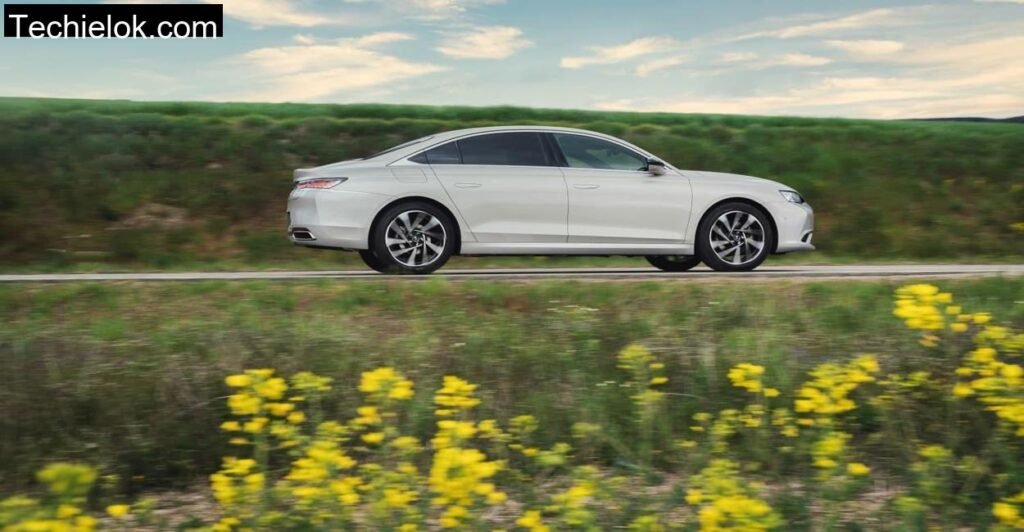
The version I drove, the E, Tense 250, is the sweet spot in the DS 9 lineup. It combines a 1.6, liter turbo petrol engine with a 110 hp electric motor for a total of 250 hp and 320 Nm of torque. All the power goes to the front wheels, and while that might sound underwhelming, the delivery is graceful.
In EV mode, it’s bliss. Whisper quiet. Responsive. It rides like a train on a silk rail, especially through the narrow, winding roads near Hachenburg. With the battery fully charged, I managed 64 km of all, electric range before the petrol engine gently chimed in. That’s close to the WLTP claim of 67 km and honestly, better than expected in real, world terrain.
Acceleration from 0 to 100 km/h takes 8.1 seconds, not fast, but smooth. The transition between EV and hybrid modes is almost seamless. There’s no lurch, no jolt, just a gentle build of power. It’s refined. Push it hard though, and the petrol engine makes itself known, not with anger, but with effort. This isn’t a car you hammer. This is a car you waft in.
Suspension: A Soft Pillow on the Road
DS makes a big deal of its active suspension system that scans the road and adjusts in real, time. Unfortunately, my test car didn’t have that setup, just the standard springs. Even so, it floated with a grace that reminded me of the old Citroën DS. It felt composed on open stretches and absorbed undulations with ease.
Rougher tarmac and manhole covers were handled well, though not magically. Without air suspension, there are limits to its floatiness. But body roll was minimal and the comfort tuning never made the DS 9 feel disconnected. It knows what kind of car it wants to be, and it’s not trying to corner like a 5 Series M Sport. That clarity of purpose is refreshing.
Efficiency in the Real World
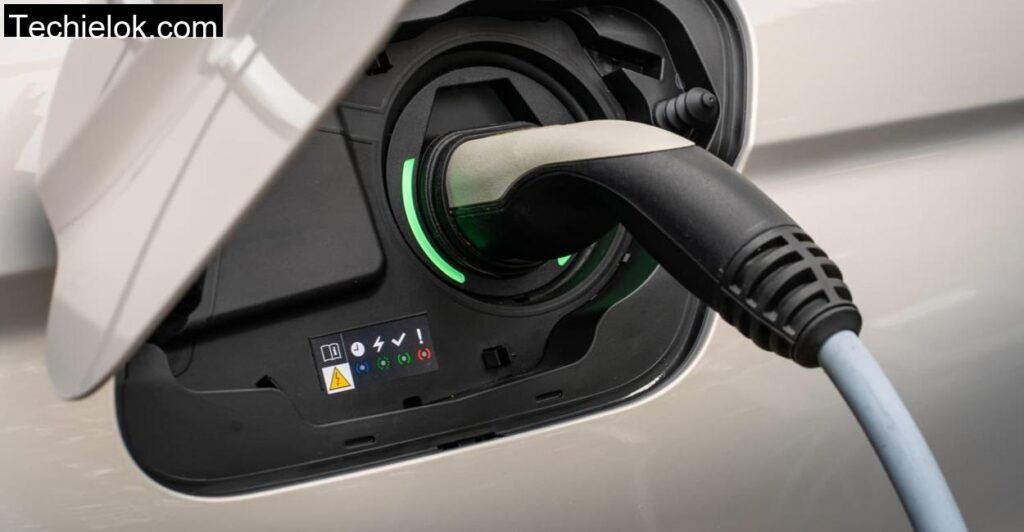
After a full day of mixed driving, Westerwald hills, village crawls, some autobahn, I ended with an average consumption of 4.3 liters of petrol and 8.7 kWh of electricity per 100 km. Not bad for a 1.9, tonne sedan. When the battery’s drained and you’re in pure hybrid mode, it settles around 7.0 liters per 100 km. It’s efficient, but not extraordinary.
The CO2 emissions hover around 22 g/km WLTP (for the E, Tense 250), and the 15.6 kWh battery is a welcome upgrade from the older 11.9 kWh pack in the 225. Range anxiety isn’t a concern if you’re plugging in every night, and the car encourages you to do just that.
Technical Specifications: DS 9 E, Tense Variants
For data reliability, we extract all technical specifications from DS official online presence.
| Specification | DS 9 E, Tense 225 | DS 9 E, Tense 250 | DS 9 E, Tense 360 4×4 |
| System Power (HP) | 225 hp | 250 hp | 360 hp |
| Torque | 320 Nm | 320 Nm | 520 Nm |
| Drive Type | FWD | FWD | AWD |
| 0, 100 km/h | 8.7 sec | 8.1 sec | 5.6 sec |
| Top Speed | 240 km/h | 240 km/h | 250 km/h |
| Electric Range (WLTP) | 55 km | 67 km | 61 km |
| Battery Capacity | 11.9 kWh | 15.6 kWh | 11.9 kWh |
| Combined Fuel Consumption (WLTP) | 1.5 l/100 km | 1.0 l/100 km | 1.8 l/100 km |
| Combined Power Consumption | 15.4 kWh/100 km | 15.9 kWh/100 km | 15.5 kWh/100 km |
| Trunk Volume | 510 l | 510 l | 510 l |
| Base Price (Germany) | €52,810 | €58,910 | €69,700 |
Conclusion: A Sedan for the Soul
The DS 9 is not trying to be your fastest option. Or your most practical. It’s not chasing Nürburgring lap times or tail, happy dynamics. What it offers is something different, refined elegance, smooth electrified performance, and comfort that makes long drives feel like spa days. It’s the kind of car you look forward to getting into on a quiet morning, where your goal isn’t to get somewhere fast, but to enjoy every kilometer along the way.
Driving it through the Westerwald, with its gentle hills and tree, lined curves, reminded me of what driving can feel like when it’s not rushed, not aggressive, just thoughtful and composed. That’s the DS 9’s charm. It’s a French whisper in a world of German shouts.
Is the DS 9 available in fully electric form?
No, as of now the DS 9 is only offered with plug, in hybrid drivetrains. There is no pure electric variant.
How does the DS 9 compare to the BMW 5 Series or Mercedes E, Class?
It prioritizes comfort and uniqueness over sportiness. It doesn’t beat them in badge value or dynamics but offers a very different, more elegant experience.
Is the DS 9 good for long, distance travel?
Absolutely, especially if you enjoy a relaxed pace. The seats, noise isolation, and hybrid efficiency make it an excellent long cruiser.



